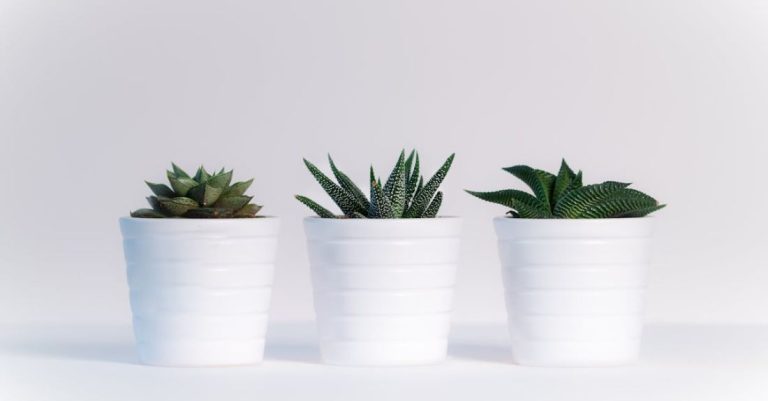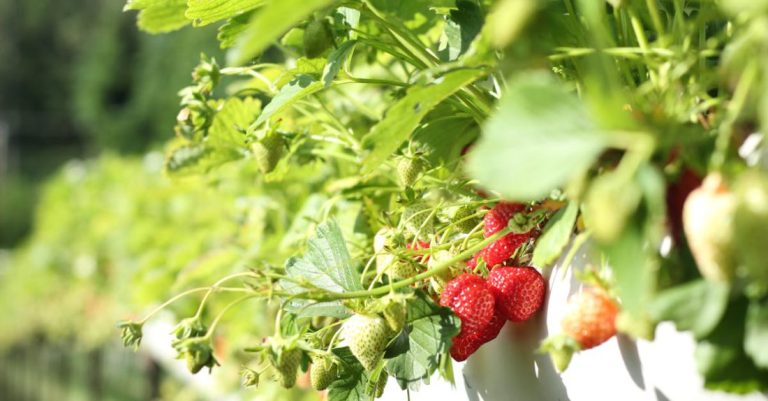
Japanese gardens are renowned for their serene beauty and meticulous design, reflecting the harmony between nature and human influence. These gardens are carefully planned and curated spaces that embody the principles of Japanese aesthetics and philosophy. Understanding the key elements that make up a Japanese garden can provide insight into the culture and values that have shaped these tranquil sanctuaries over the centuries.
Design Harmony
At the heart of a Japanese garden lies the concept of design harmony, which aims to create a balanced and cohesive space that seamlessly integrates natural elements with man-made structures. Every detail in a Japanese garden is carefully considered, from the arrangement of rocks and plants to the placement of bridges and pathways. The design is intended to evoke a sense of tranquility and contemplation, inviting visitors to immerse themselves in the beauty of the surroundings.
Water Features
Water features, such as ponds, streams, and waterfalls, are essential components of a Japanese garden. Water is regarded as a symbol of purity and life in Japanese culture, and its presence in a garden is believed to bring tranquility and a sense of renewal. The gentle sound of flowing water and the reflections of surrounding plants and structures create a peaceful atmosphere that enhances the overall experience of the garden.
Rocks and Stones
Rocks and stones are another key element of Japanese garden design, symbolizing stability, endurance, and timelessness. These natural elements are strategically placed throughout the garden to represent mountains, islands, or other natural formations. The arrangement of rocks is meant to evoke a sense of balance and harmony, creating a visual focal point that draws the eye and contributes to the overall aesthetic of the garden.
Plants and Trees
Plants and trees play a vital role in Japanese gardens, with each species carefully selected for its symbolic meaning and aesthetic value. Common plants used in Japanese gardens include evergreen trees, bamboo, cherry blossoms, and moss, which are chosen for their seasonal beauty and cultural significance. The careful pruning and shaping of trees and shrubs, known as niwaki, are essential techniques that help maintain the desired form and balance of the garden.
Bridges and Pathways
Bridges and pathways are important features in Japanese gardens, providing both functional and aesthetic purposes. Bridges are often constructed over ponds or streams to connect different areas of the garden and offer visitors a unique vantage point to enjoy the scenery. Pathways, made of gravel, stepping stones, or wooden planks, guide visitors through the garden and encourage a contemplative stroll, allowing them to appreciate the beauty of the surroundings at a leisurely pace.
Tea Houses and Lanterns
Tea houses and lanterns are traditional architectural elements that can be found in many Japanese gardens. Tea houses, known as chashitsu, are small wooden structures where the Japanese tea ceremony is performed, emphasizing hospitality, harmony, and respect. Lanterns, made of stone or metal, are used to illuminate pathways and garden features, creating a serene ambiance during evening visits. These structures add a cultural depth to the garden and enhance the overall experience for visitors.
Embracing Wabi-Sabi
Wabi-sabi is a fundamental concept in Japanese aesthetics that celebrates the beauty of imperfection, transience, and simplicity. In Japanese gardens, wabi-sabi is reflected in the use of weathered stones, moss-covered surfaces, and asymmetrical arrangements that evoke a sense of natural beauty and understated elegance. Embracing wabi-sabi principles allows the garden to evolve over time and develop a sense of authenticity and character that resonates with the essence of Japanese culture.
In conclusion, the key elements of a Japanese garden are carefully orchestrated to create a harmonious and contemplative space that embodies the principles of Japanese aesthetics and philosophy. By incorporating elements such as design harmony, water features, rocks and stones, plants and trees, bridges and pathways, tea houses and lanterns, and embracing wabi-sabi, Japanese gardens offer a sanctuary for reflection, connection with nature, and appreciation of beauty in its simplest form. Visiting a Japanese garden is not just a visual experience but a journey into the rich cultural heritage and timeless wisdom that has shaped these enchanting landscapes for centuries.





